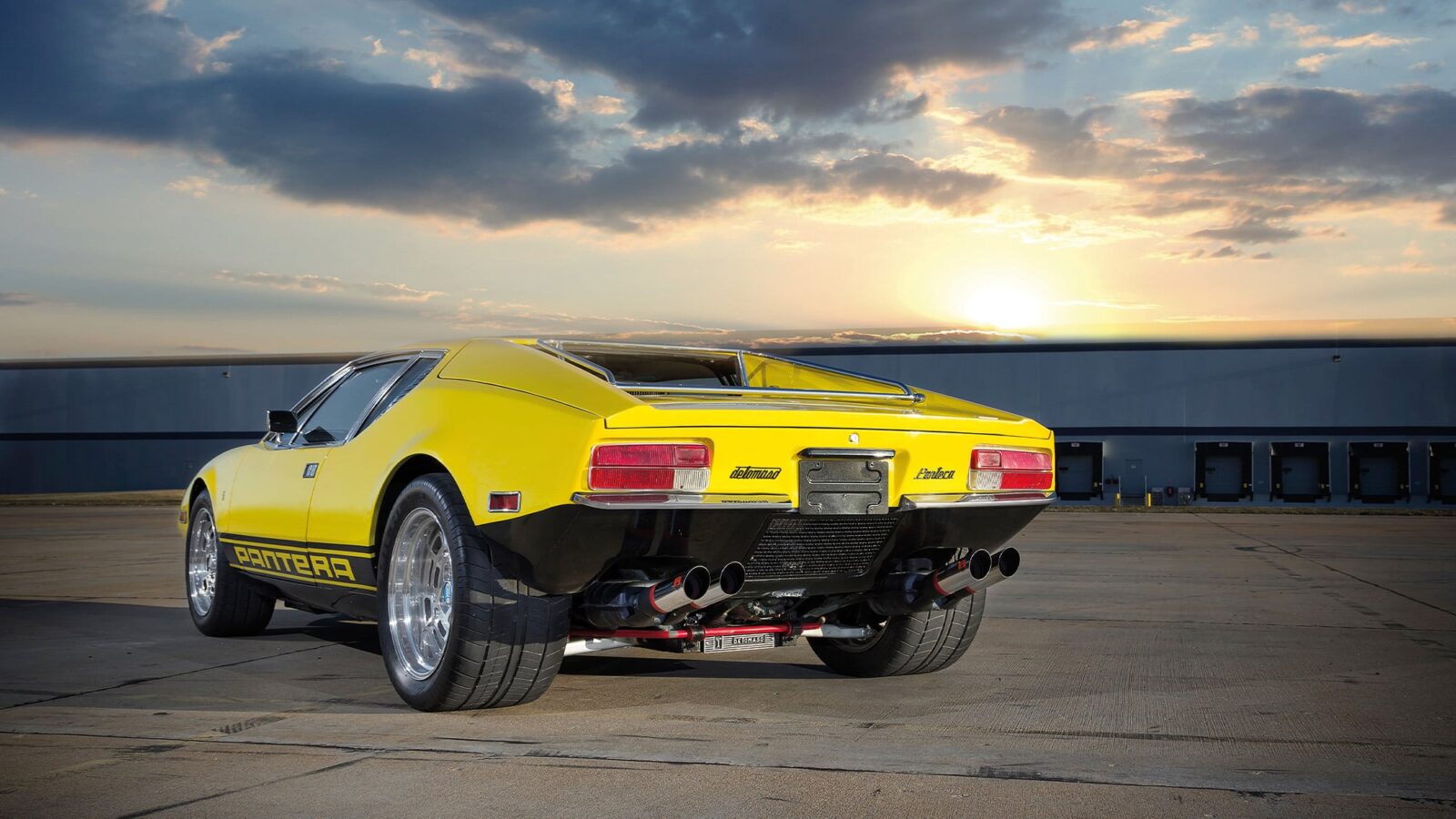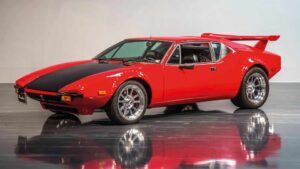De Tomaso Pantera: road car buying guide
Fuse Italian style with Argentinian racing flair and American muscle and you get one of the 1970s defining sports cars

Italian for ‘panther’, the Pantera by De Tomaso was a slice of exotica that excited Ford
When the first De Tomaso Pantera was unveiled at the 1970 New York Motor Show, few predicted that it would enjoy a 23-year production run, a raft of derivative designs and shift 7000 units, putting what would otherwise have been a boutique Modena manufacturer well and truly on the map.
Before the Pantera took De Tomaso transatlantic, there were fewer than 500 examples of its first two models combined. But such was the potential that the firm was brought to Ford’s attention, helping De Tomaso grow beyond recognition.
Founded by Argentinian racing driver Alejandro de Tomaso in 1959, the company first specialised in motor racing prototypes before branching out into production cars in 1963. Much of De Tomaso’s early design work was done in partnership with Turin-based Carrozzeria Ghia, resulting in the Vallelunga and Mangusta of the ’60s. However, up against locals such as Ferrari and Lamborghini, De Tomaso was the underdog, but Ford saw it as a key ally.
With the sports car market dominated by Ferrari, an Italian supercar with American muscle seemed a perfect avenue to expand Ford’s reach. De Tomaso had used Ford engines in its first cars, and was happy to slot a 5.8-litre Ford Cleveland V8 into a new design. For this, De Tomaso created its first steel monocoque chassis, Ghia handled the wedge design and Ford brought the grunt.
With 330bhp and lots of torque, the Pantera gained a reputation for its performance and ease, being far more usable around town than a 365 GTB ‘Daytona’ or a Miura. Ford liked the finished product so much that it bought an 84 per cent stake in the company and began shipping to California. More than 5000 Panteras found new homes this way.
Ford’s reported $2m investment helped De Tomaso extend. First came the GTS version for 1972 with its racing-inspired styling, plus a 350bhp engine. Then came the GT-style Lusso for the US market with less power (264bhp) and a host of interior upgrades aimed at comfort rather than speed.
The Pantera reached its nadir after Ford sold its shares back to De Tomaso amid the oil crisis and stopped importing cars in 1975. With the reins back, De Tomaso did what it did best, and prepared a race car for the road. The result was the mad GT5, with its huge rear wing. There was more than a hint of Countach about the design, despite Ghia’s Tom Tjaarda handling De Tomaso’s work and Bertone’s Marcello Gandini doing Lamborghini’s.
Production of the Pantera dropped away but there was one final fling for the Pantera when the Si arrived for 1990, featuring styling by Gandini and a 5-litre V8, but it stood little chance against its modern rivals. Just 41 were made before production finally ended in 1993.
One for sale

1972 Pantera GTS
Chassis 2609, the oldest GTS registered, with a full restoration and upgrade to a 406bhp engine.
£140,000
chromecars.de
De Tomaso Pantera statistics
- Price new £4000
- Price now £90,000-£150,000
- Engine 4.9-5.8-litre Ford V8
- Rivals Ferrari 365/GTB, Lamborghini Miura, Maserati Merak
- Verdict It was a clash of cultures in some ways, but it made for an enduring sporting icon.
